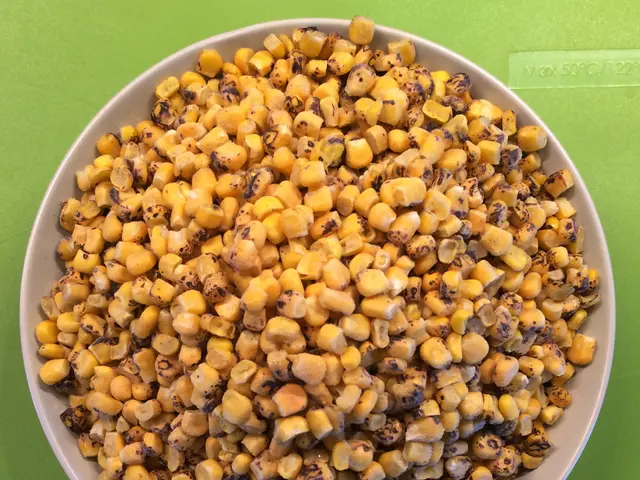Exploring the Nutritional Claims Surrounding Beef Tallow: Is It Healthy or Harmful?
Make Tallow, Not War: A Guide to the Controversial Fat Revolutionizing Skincare and Culinary Worlds
For the better part of your life, beef tallow might have never crossed your mind. But these days, this once-overlooked substance has surged in popularity, not just as a cooking fat, but also as a skincare ingredient. And it's no mere cosmetic trend. For the fervent followers of the Make America Healthy Again (MAHA) movement, using beef tallow is a declaration of identity.
Before Robert F. Kennedy Jr. ascended to the role of the US Health and Human Services Secretary, he took to a popular platform to call for "Tallow Frying Oil Again," targeting seed oils as a primary culprit behind the American obesity epidemic. It's undeniable that both obesity rates and seed oil consumption have increased over the decades. Yet, the link between the two is more correlation than causation. Numerous factors, such as increased sugar consumption, a higher intake of ultra-processed foods, genetics, lifestyle, and socioeconomic considerations, play crucial roles in shaping American diets.
Nevertheless, various businesses have taken heed. Franchises such as Steak 'n Shake have stepped up their game by adopting beef tallow, while others, like Sweetgreen, have swapped seed oils for healthier alternatives like extra virgin olive oil and avocado oil.
TikTok's Tallow Trend
The burgeoning interest in beef tallow reflects broader health and wellness trends. According to Maddie Pasquariello, a registered dietitian based in Brooklyn, New York, we're witnessing a politicization of food, an emphasis on simple ingredients, and a desire to return to so-called "ancestral" dietary patterns. A similar craze is sweeping across TikTok, where beef tallow is being touted as a miraculous, dew-inducing, and skin barrier-friendly moisturizer.
But does it really stack up to the hype?
Tallow for Skincare: Yay or Nay?
Despite the buzz, there's some evidence to support the notion that beef tallow is a decent option for skincare. It's rich in emollient properties, which can soften and smooth your skin[1][2]. Its fatty acids, like linoleic acid, have anti-inflammatory properties that can help reduce redness and swelling. In fact, a 2024 review of 19 studies found that beef tallow offers hydrating and moisturizing properties, potentially benefiting dry skin and even improving conditions like dermatitis, psoriasis, and wounds[2].
Applying Tallow: The How and Where
Tallow is best suited for dry or rough areas bereft of sebaceous glands, such as the elbows, knees, and heels[3]. However, due to its comedogenic (i.e., pore-clogging) nature, dermatologists advise against using it on your face[4].
A Word of Caution
While some laud tallow as a safe, natural skincare option, there are also valid safety concerns. It can clog pores, leading to acne, and it is prone to rancidity without preservatives, which may cause skin irritation[5]. Its propensity to attract contaminants can potentially lead to skin infections if not handled properly[5].
In terms of health, beef tallow is generally more appropriate for cooking than skincare, as its high fat content may be beneficial for consumption in moderation. When applied to the skin, the benefits may not be as substantial as those offered by other skincare products designed specifically for skin health.
In conclusion, while beef tallow boasts some nutritional benefits, its skincare effectiveness is still up for debate, and it carries certain safety risks. For those seeking natural skincare solutions, other options might be more reliable and safer.
- The surge in popularity of beef tallow extends beyond cooking, influencing the skincare world as well.
- The Make America Healthy Again (MAHA) movement values beef tallow as a statement of identity, not just for culinary purposes.
- The wellness industry reflects this broader trend, with various businesses adopting beef tallow in their food and skincare products.
- The politicization of food can be seen in the increasing interest in ancient dietary patterns and simplicity, leading to the beef tallow trend on TikTok.
- The claim that beef tallow is highly beneficial for skincare is supported by some scientific studies, but its comedogenic nature and potential for rancidity warrant caution when using it for skincare.








